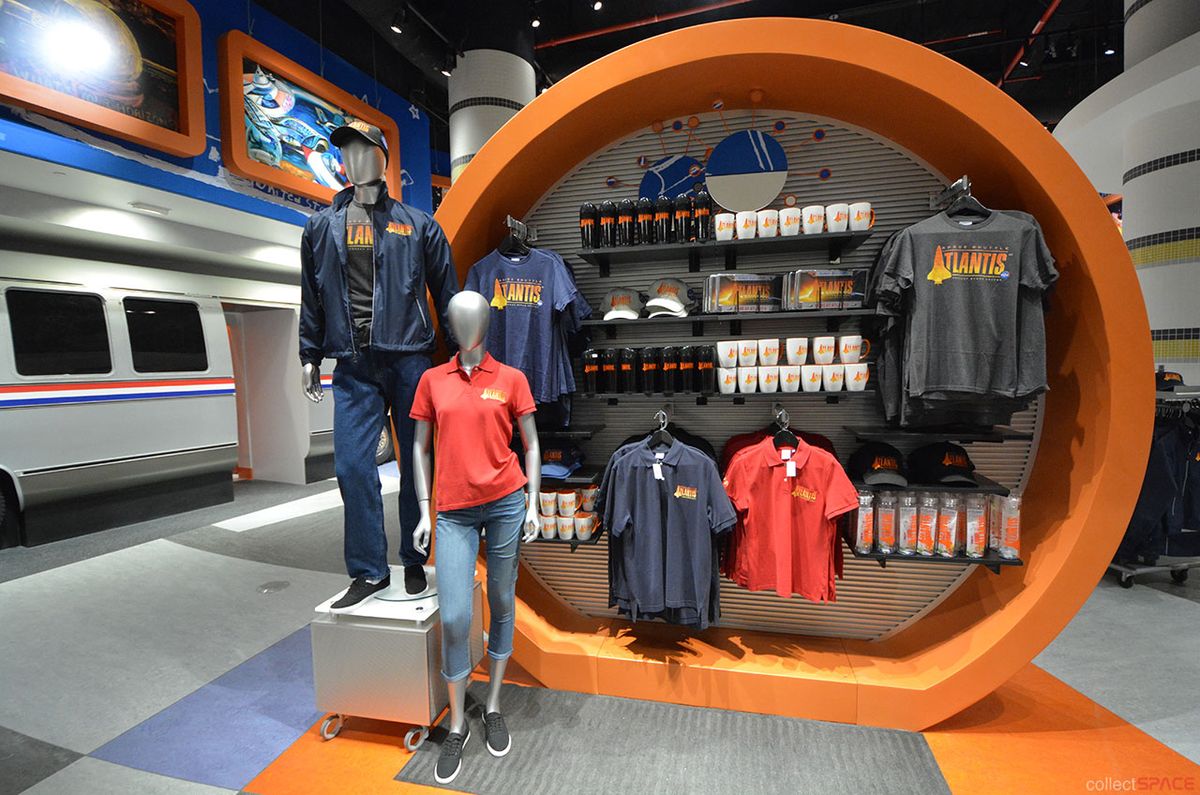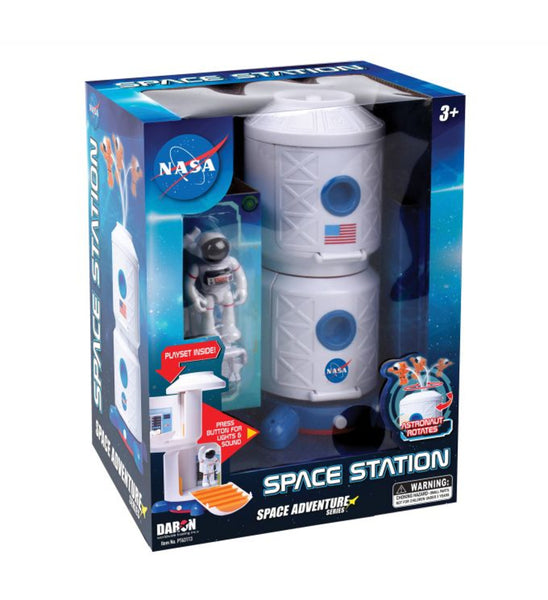
Guion Bluford Jr., an aerospace engineer who became the first Black man to travel to space in 1983.ĥ. Lewis Latimer, an inventor and engineer who created an improvement to Thomas Edison's light bulb, which burned out too quickly.Ĥ. William Fauntroy, an original Tuskegee Airman and D.C. Mary Jackson, NASA's first Black female engineer, who along with pioneering mathematicians Katherine Johnson and Dorothy Vaughan helped NASA send the first American to space.Ģ. In celebration of African American achievements, today we want to honor and recognize an incredible list of Engineers. But how do astronauts train here on Earth to work in the microgravity of space …įrom the underwater ocean world, through the salmon river valleys to the ice-capped peaks of the Coast Mountains, journey into a land of grizzlies, coastal wolves, sea otters and humpback whales–and discover the secret world of the Spirit Bear. As an astronaut, he was trained extensively for space walks.

NASA astronaut Chris Cassidy made the repair and saved the Space Station. In 2013, a critical life-support system on the International Space Station failed, requiring an immediate spacewalk to fix it. Moseley and her team of cave explorers travel the world exploring vast underground worlds in search of stalagmite samples – geologic “fingerprints”… Gina Moseley on a mission to unlock the secrets of the Earth’s climate in the most unlikely of places: caves. All rights reserved.Ancient Caves brings science and adventure together as it follows paleoclimatologist Dr. See more photos from inside the newly-renovated Space Shop at collectSPACE.įollow on Facebook and on Twitter at collectSPACE. "There are no tax dollars used to support the visitor complex, so the admissions and souvenir sales help us keep the rockets and history intact," said Protze. "So even if you come in a buy just a hat or a bottle of water, you get immersed in the entire story of the space program," he said.Īnd for every memento guests take home of their visit, they also contribute to the Kennedy Space Center Visitor Complex's continued ability to preserve and display the spaceport's legacy.
Johnson space center gift shop update#
"When you come in here, instead of it being a static gift shop, we wanted to update it so visitors can learn things and see things that are happening here while they shop." "Gift shops are always part of this type of experience," Protze told collectSPACE. The guests' faces, superimposed onto a spacewalking astronaut, then float through the store on a wraparound display and large screen. The store's new features include a "customization station," where shoppers can personalize their gear and souvenirs graphic displays of the rockets that launch from Kennedy Space Center and nearby Cape Canaveral Air Force Station an Instagram wall for snapshots set against a mosaic of historic NASA photos and two selfie stations where guests can take photos of themselves as astronauts to share via email and social media. While the gantry arm is the center of attention - the Space Shop uses the look of the artifact for its new entranceway arches - it is not the only new attraction. (Image credit: NASA) Say (the moon is made of) cheese! Swing arm 9 is seen in use, extending from Launch Umbilical Tower-1 to the Apollo command module atop the Saturn V rocket, prior to the launch of Apollo 11 in 1969.

In addition to being used by the Apollo 11 astronauts in July 1969, this particular swing arm was crossed by the crews of Apollo 8 (the first mission to send humans to the moon in December 1968) all three crewed Skylab space station launches in 1973 and the Apollo-Soyuz Test Project (ASTP), the first joint mission between the United States and Russia in July 1975. Now with it inside, hopefully its lifespan will be a lot longer, giving more guests the opportunity to appreciate its history," he said. "We had to a do a huge restoration effort for it just a couple of years ago because of how corrosive this area's environment is outside. The gantry was previously out in the elements and approved to be used by the guests many, many years ago," said Protze.

"As a Smithsonian affiliate, we work with their guidelines as to what guests can touch or not. The 70-foot-long (21-meter) walkway though, was too long to display intact and so the remaining span was available for use in the Space Shop. In January 2017, part of the swing arm was incorporated into an exhibit honoring the lives of the fallen Apollo 1 astronauts in the visitor complex's Apollo/Saturn V Center. Guests could walk across the grounded metal gantry and look into the white room, the small, once-environmentally-controlled chamber that served as the interface between the launch umbilical tower (LUT-1) and the Apollo command module atop a Saturn V rocket.


 0 kommentar(er)
0 kommentar(er)
